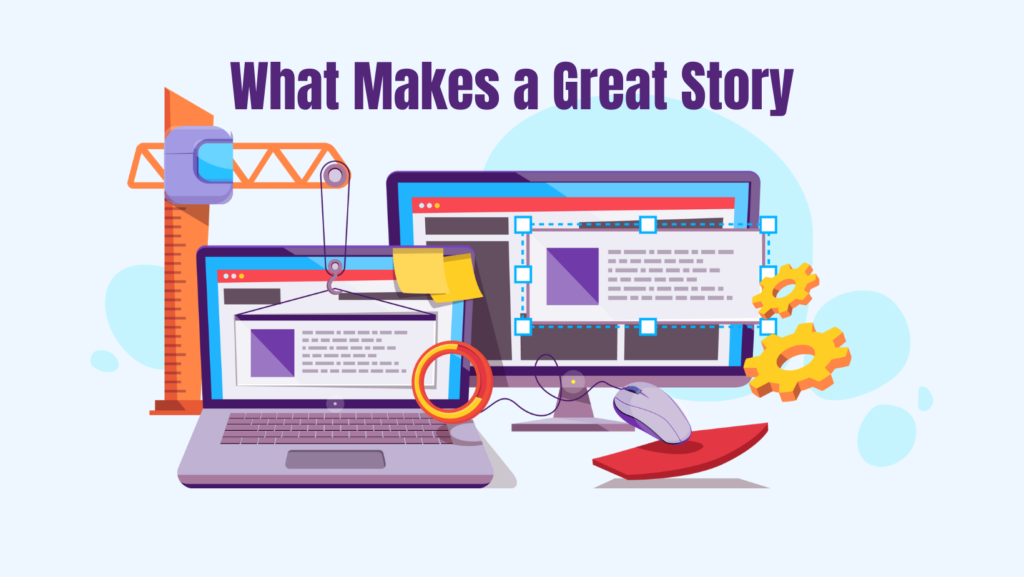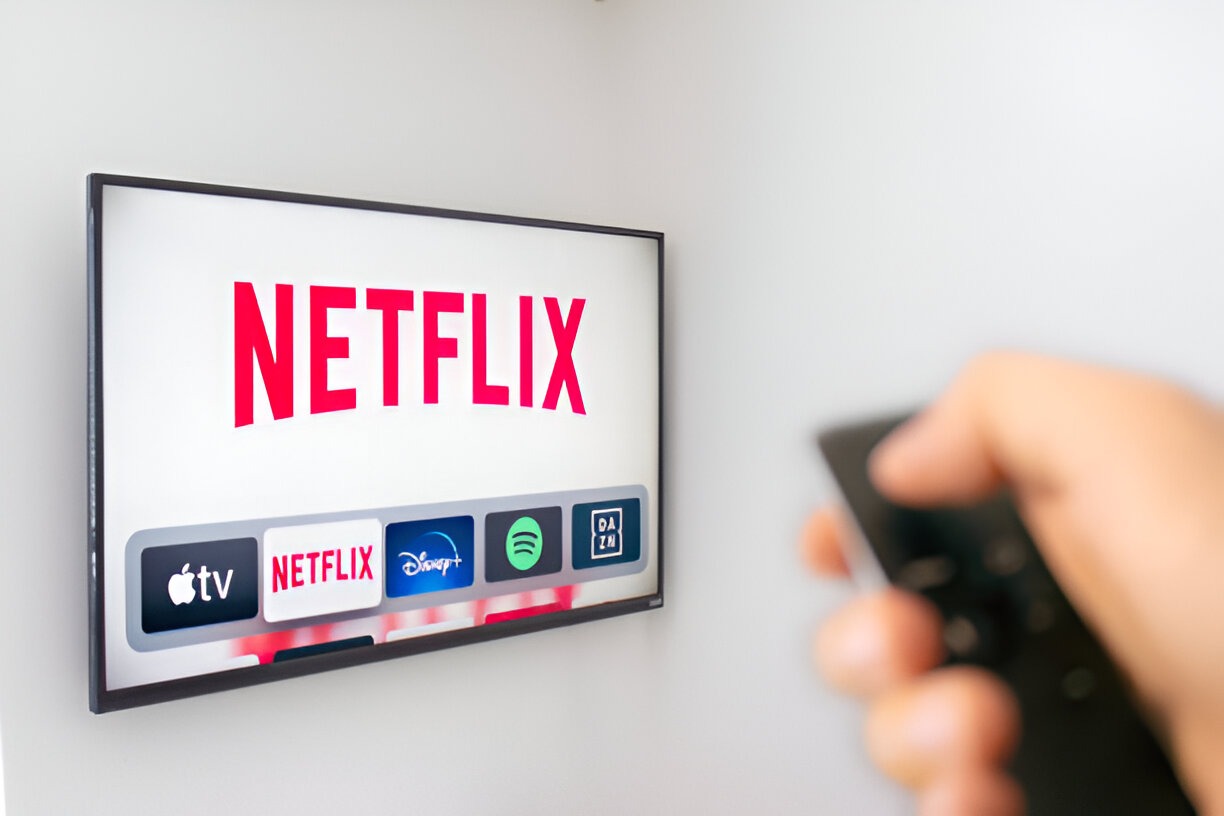Storytelling is an essential aspect of human existence. From the earliest cave paintings to modern social media posts, stories have been used to capture and transmit important information, entertain, and connect people with one another. In fact, in social media, one can argue that storytelling is at the very heart of every successful post.
Knowing what makes up a great story is important because it’ll enable you to create a connection with your audience. You do that with something called the “logic of emotion.”
Logic of emotion is the understanding that the human brain is wired to respond to emotions before logic. Meaning, stories that evoke strong emotions are more likely to be remembered and shared. In the era of social media, this is particularly important as stories are spread at an unprecedented rate, and those that create a strong emotional connection with their audience are more likely to go viral.
Here’s Kate Bradley Chernis, CEO and founder of Lately to share more..
Kate Bradley:
The best way for brands to tap into the emotions of an audience is to think of the golden rule: Put yourself in someone else’s shoes. Most of the time, what you care about, someone else cares about, broadly speaking. And when you’re able to insert that kind of sympathy or empathy into how you describe the product, into how you tell the story about the product, you’re going to get the buy-in. When you create empathy or sympathy, that triggers trust. And trust opens the door to the next conversation.
Nicole O’Donnell, assistant professor for the Murrow College of Communication at Washington State University gives us a great example of how you can evoke these emotions:
Nicole O’Donnell:
The most important element to telling a story is to evoke a series of emotions. And in psychology, we often call this “mixed e ect.” So if a story can evoke both positive and negative emotions, or a range of emotions, it’s usually really impactful. One example that I have of this is this company: Be the Match works with cancer patients to tell their stories and to promote an urgent need for bone marrow donors. And when audiences watch these stories, they feel a range of emotions, everything from compassion to sadness, to hope, to determination, and that can really make for an e ective story.
Social media has become an essential tool for storytelling; it allows people to share their stories with a global audience and to connect with like-minded individuals. However, with the vast amount of content available, it can be challenging to cut through the noise. This is why the logic of emotion is so important. For maximum reach, you need your content to be shared by many people. And the stories most likely to be shared are usually structured in a way that evokes a strong emotional response.
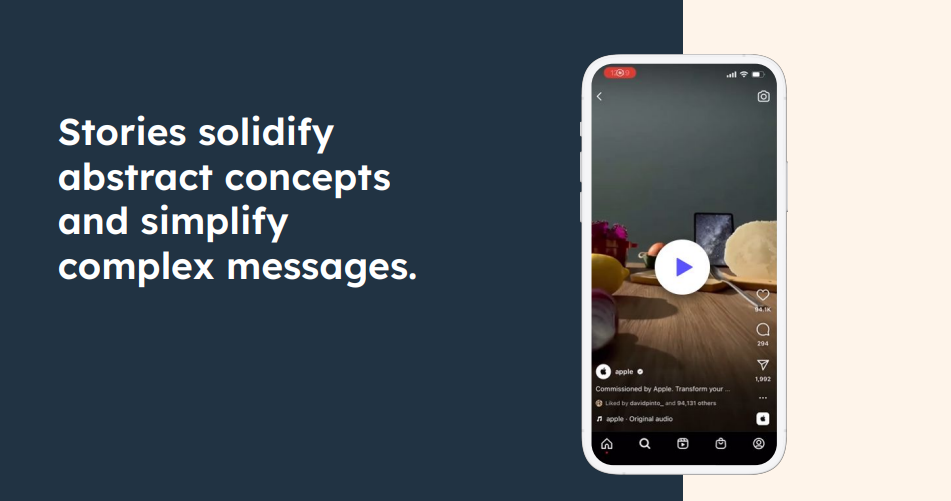
But let’s back up a bit. Why do we tell stories? There are a few reasons. To start, stories solidify abstract concepts and simplify complex messages. We’ve all been a little confused when trying to understand a new idea — stories o er a way around that. Consider instances where narratives have aided in comprehending a concept more effectively. Utilizing tangible examples to elucidate abstract concepts stands as a significant advantage of storytelling within the business realm.
Take Apple , for example. Explaining computers and smartphones to the average consumer can be quite challenging due to their complexity. Using real-life stories, they’ve been able to describe exactly how their products benefit users. They opt for storytelling rather than relying on technical jargon, which few customers would comprehend.
Let’s look at this Instagram Reel in which Apple commissioned a popular creator to show how you can make amazing content on an iPhone. The story elicits awe, it sparks your imagination, and it demonstrates a key point about the power of the iPhone — that you can use it to tell your own wonderful stories.
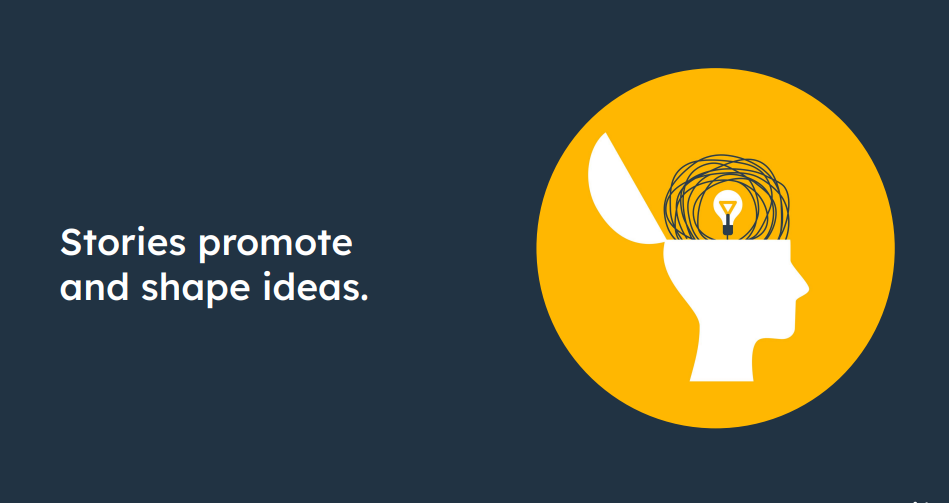
Stories promote and shape ideas, too. Throughout history, people have used stories to promote cooperation and influence social behaviors. There’s even scientific evidence that stories can change our behavior . Even if you’re stressed out and overwhelmed, you can still connect with a story. That connection might lead you to be less critical about facts, less defensive, and more open to changing your ideas.
When you share a story, you’re inviting someone to view a sequence of events from your point of view. The individual hearing your story accepts the truth of your narrative. Stories also ignite inspiration and drive. They emphasize our humanity, and this holds true for brands as well. When brands embrace transparency and authenticity, it grounds them and enables consumers to forge connections with both the brand itself and the individuals behind it.
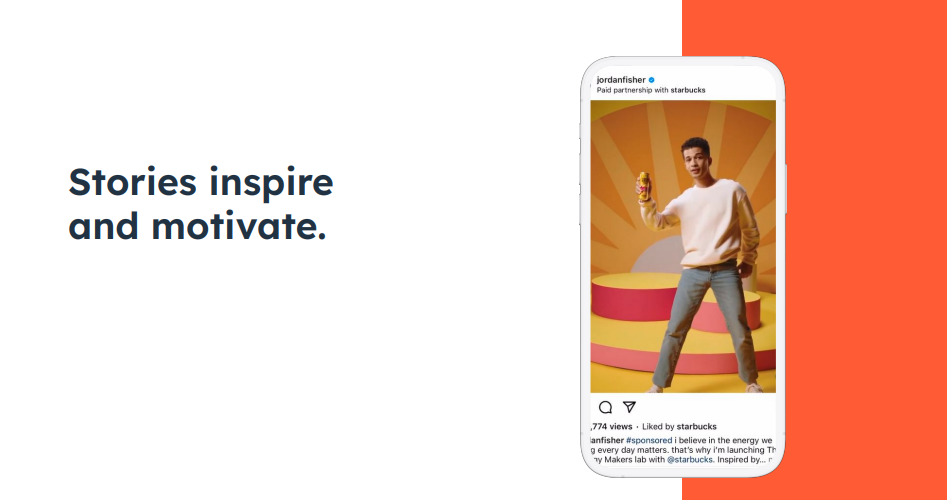
When Starbucks launched their vitamin C-infused energy drink, Baya, the company worked with Dancing With the Stars winner, Jordan Fisher, to head The Energy Makers Lab, a campaign that uses the power of influencers to inspire and energize their audience. Tapping into people’s emotions and baring both the good and bad is how stories inspire, motivate, and eventually, drive action. And finally, stories also foster brand loyalty. Creating a narrative around your brand or product not only humanizes it but also inherently markets your business. Nike, for example, uses storytelling to foster brand loyalty by showcasing real-life stories of athletes who have overcome challenges with perseverance, excellence, and determination.
These stories help to create an emotional connection between the audience and Nike’s brand values. In turn, Nike’s customers demonstrate loyalty by repeatedly buying Nike products, recommending the brand to others, and engaging with the brand on social media. Additionally, these loyal customers are more likely to overlook any missteps or shortcomings on Nike’s part and are willing to pay a premium for Nike products over competing brands. Nike’s brand advocates, in turn, help to drive greater brand awareness and business success.
So, what makes a good story? Good stories are:
- Entertaining: They keep the audience engaged and interested in what’s coming next.
- Believable: They convince the audience of their version of reality and make it easy to trust and engage.
- Educational: They spark curiosity and add to the audience’s knowledge bank.
- Relatable: They remind your audience of the people and places they know by helping them recognize patterns in the world around them.
- Organized: They follow a succinct organization that conveys the core message and helps your audience absorb it.
- Memorable: Whether through inspiration, scandal, or humor, they stick in the audience’s mind.
Of course, you probably already know that there are three things every good story should have — a beginning, middle, and end. But there are also a few other key elements.
The first is characters. Every story features at least one protagonist, and this character will be the key to relating your audience back to the story. Your characters form the bridge between you, the storyteller, and the audience. If your audience can put themselves in your character’s shoes, they’ll be more likely to follow through with your call-through-to-action.
The second is conflict. The conflict is the lesson of how the character overcomes a challenge. Conflict in your story elicits emotions and connects the audience through relatable experiences. When telling stories, the power is in what you’re conveying and teaching. If there’s no conflict in your story, it’s likely not a story.
Next is resolution. Every good story has a closing. Your story’s resolution should wrap up the story, give context to the characters and conflict, and leave your audience with a call-to-action.
The fourth is structure. Your plot is the structure of your storytelling, and they don’t need to be in chronological order. There are many ways that you can experiment with the structure of your story , but in general, your story should have a beginning, middle, and end. This structure is familiar, so it makes your audience more comfortable and open to new information.
Kate Bradley Chernis:
My favorite storytelling technique is to think about the middle, the beginning, the middle, and the end. I honestly think about the middle first, because that’s where the problem has to happen, right? There’s always a conflict in the middle of the story. And then it gets resolved in the end. For me, that conflict usually is around some sort of personal reveal, so pushing people just to the edge enough where I’m sharing something about me — that’s usually work-related —on social media, so that they will go, “Oh my god, me too. That’s what I want.”
When I’m able to do that successfully, what I get from them is not just likes and comments. What I’m looking for is to either make them an evangelist, or obviously, convert a sale, get an inroad in, right, how do I get into a DM so then I can ask them more questions, just looking for that opening. When you remember what that objective is — by the way, you just want to get to the next point — then your story can be much clearer to you as well. You don’t have to sell the entire world in 240 characters. You just have to make the connection to have the next conversation.
Finally, your story needs a setting. The context of your storytelling impacts how your audience takes in your story. The setting is more than where a story takes place. It’s how you can share the values and goals of your characters, shift the tone of conversations and action, and make it easier to show instead of tell. Storytelling is an art. It’s also a process worth learning for both your business and your customers. Stories bring people together and inspire action and response. If you understand the basics of what makes a great story, then you’re ready to start developing content that’ll drive engagement, build loyalty, and foster word-of-mouth that’ll generate revenue for your business.


